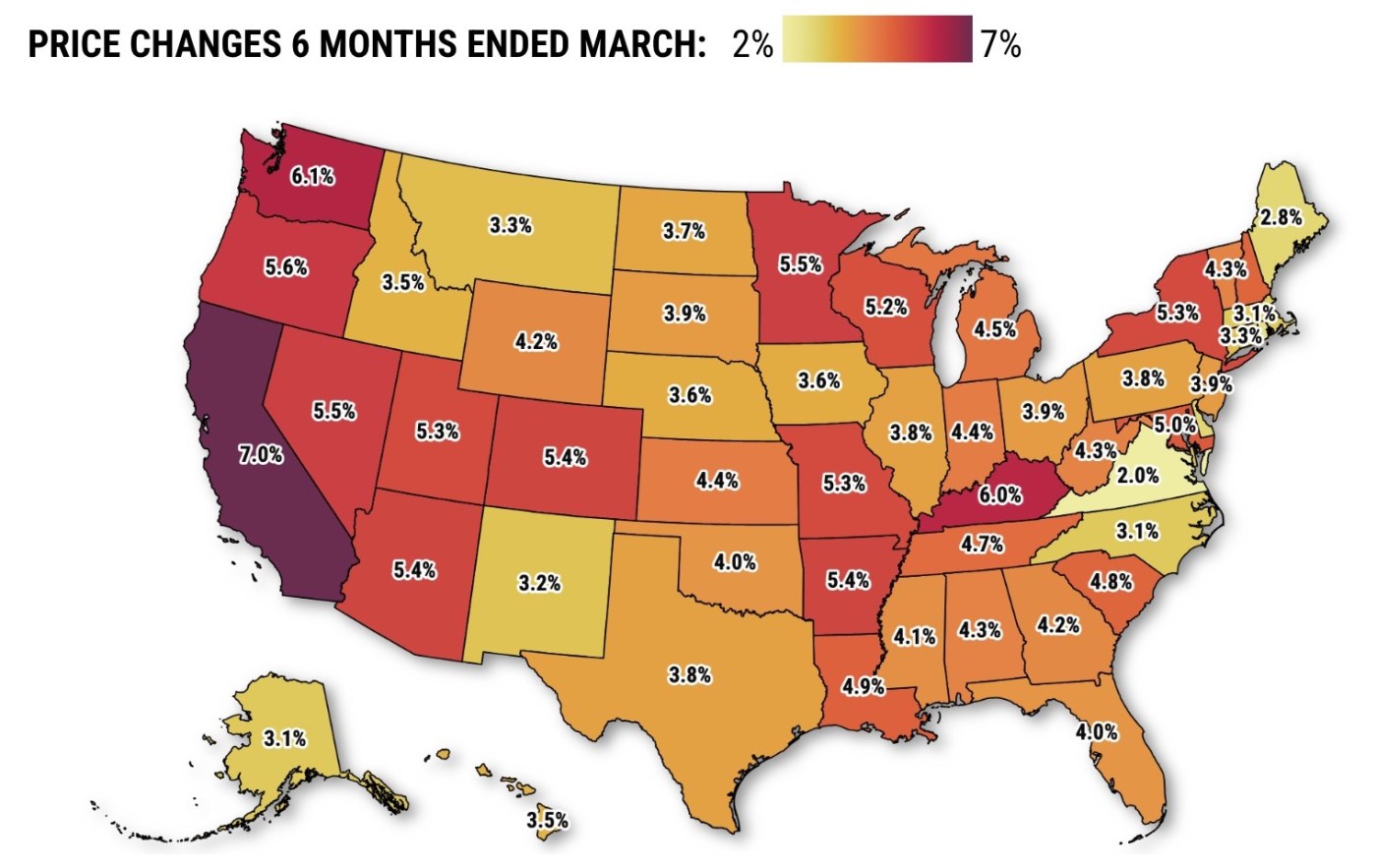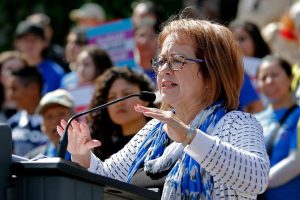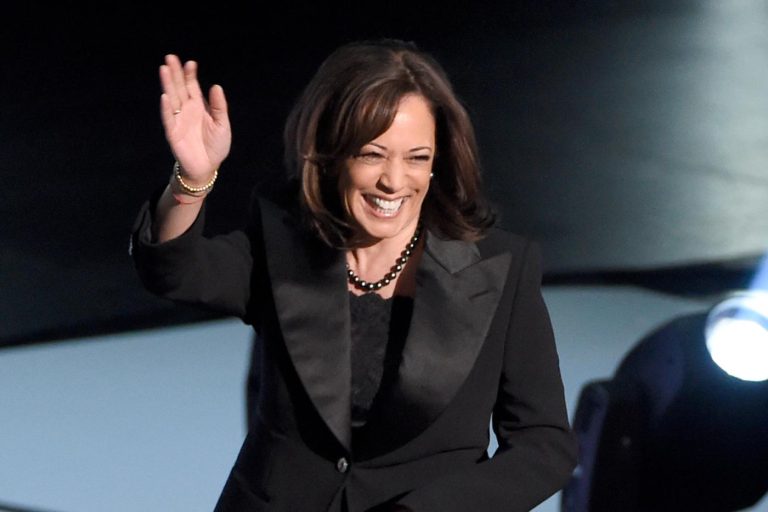California fast food prices have risen by 7% in six months – the biggest bump in the nation, according to one industry cost tracker
My trusty spreadsheet reviewed a study by Datassential tracking what changed price-wise at quick-serve eateries in the run-up to the April 1 start of California’s $20 minimum wage for workers at big chains.
California fast-food diners are by no means alone in dealing with less economical menus. Costs in the food business continue to rise – whether those be labor, ingredients, energy, or other operational expenses.
Yes, California fast-food prices rose the most among the states in the six months ending in March. But the hikes were not much higher than No. 2 Washington (6.1%) and No. 3 Kentucky (6%). Nationwide, fast food diners saw 4.5% price hikes over the half-year.
Note that diners switching to full-service restaurants didn’t escape inflation either, but they found smaller hikes, according to this math.
These California restaurateurs raised prices by 3.3% in six months. That ranked third-highest nationally, behind Hawaii and Washington state. Nationally, full-service menu items were 2.4% costlier.
Geographically speaking
No matter what’s next for fast food costs, it’s a good bet that variations won’t be uniform across the state.
Related Articles
Mickey, Minnie and other Disneyland character performers move one step closer to unionizing
McDonald’s plan to offset California minimum wage hike? Bring bagels back
Rising executive pay at PG&E arrives at a time of soaring customer bills and fast-rising company profits
Disabled workers can be paid less than the minimum wage. Some states want to end that
GOP raps Gov. Newsom as sister’s cafe seeks $16-an-hour busser while fast-food eateries must pay $20
Consider what the study found when it looked at quick-serve pricing at a regional level, using a fast-food restaurant’s area code.
California had four of the nation’s top 10 places in terms of overall price hikes among 288 US area codes. No. 1 was the 530 area code, which includes Redding, Chico, and Davis with an 8.9% price hike. No. 7 was the Riverside County’s 951, up 7.9%. No. 9 was area code 209 surrounding Stockton, up 7.9%. And No. 10 was around Oakland (510), up 7.8%.
These are somewhat less densely populated regions where there may be fewer competitors and more flexibility for owners to raise prices.
Conversely, California’s smallest price hikes were found in San Jose’s 408 area code – a 5.5% gain, ranking No. 79 nationally. The next four thinnest increases were found around Los Angeles – area code 424 (Up 5.8%, No. 60), 747 (Up 5.7%, No. 65), 213 (Up 5.6%, No. 69), and 818 (Up 5.6%, No. 73).
In heavily populated regions, stiffer battles for customers may limit how much fast food operators can increase what they charge.
Bottom line
The $20 wage floor will alter California fast food in various ways, depending on how chain operators choose to incorporate pricier labor into their business strategies – and how customers react to any changes.
Higher menu prices are the obvious outcome, but consumers should expect to see chains offering more deals, especially for loyal customers. With the cost of fast food approaching what one might pay at more affordable sit-down eateries, the competition for diners may curb price hikes for fast food.
Service also could be trimmed. Fewer fast-food menu choices – which simplify cooking and serving – are one option. Other operators may choose to limit hours or staffing – perhaps shortening the time dining rooms are open at drive-through locations.
The $20 wage may also motivate owners to implement various forms of automation – from order kiosks to food-prep robots – to prune how many workers are required.
And, yes, some California fast food shops may close – and others may never be opened – as profitability shrinks with costlier labor.
Postscript
How other California area codes fared in this fast-food inflation ranking …
916 (Sacramento): Up 7.6% in six months, No. 13 of 288 ranked nationally.
442 (Southern California): Up 7.6%, No. 14.
559 (Fresno): Up 7.5%, No. 15.
707 (Santa Rosa): Up 7.5%, No. 16.
909 (Inland Empire): Up 7.4%, No. 18.
925 (Concord): Up 7.4%, No. 19.
760 (Southern California): Up 7.2%, No. 24.
562 (Long Beach): Up 7.1%, No. 25.
805 (Ventura County): Up 6.9%, No. 27.
661 (Bakersfield-Lancaster): Up 6.9%, No. 30.
714 (North Orange County): Up 6.7%, No. 31.
626 (Pasadena-Alhambra): Up 6.5%, No. 35.
949 (South Orange County): Up 6.5%, No. 37.
619 (San Diego): Up 6.4%, No. 38.
323 (Los Angeles): Up 6.4%, No. 39.
310 (Los Angeles): Up 6.4%, No. 40.
650 (San Mateo-Burlingame): Up 6.2%, No. 45.
858 (San Diego): Up 6.2%, No. 47.
831 (Salinas-Hollister): Up 5.9%, No. 56.
657 (North Orange County): Up 5.9%, No. 58.
415 (San Francisco): Up 5.9%, No. 59.
By the way, Boston’s 617 area code had the smallest price gains nationally – up only 1.8% in six months.
Jonathan Lansner is the business columnist for the Southern California News Group. He can be reached at jlansner@scng.com












